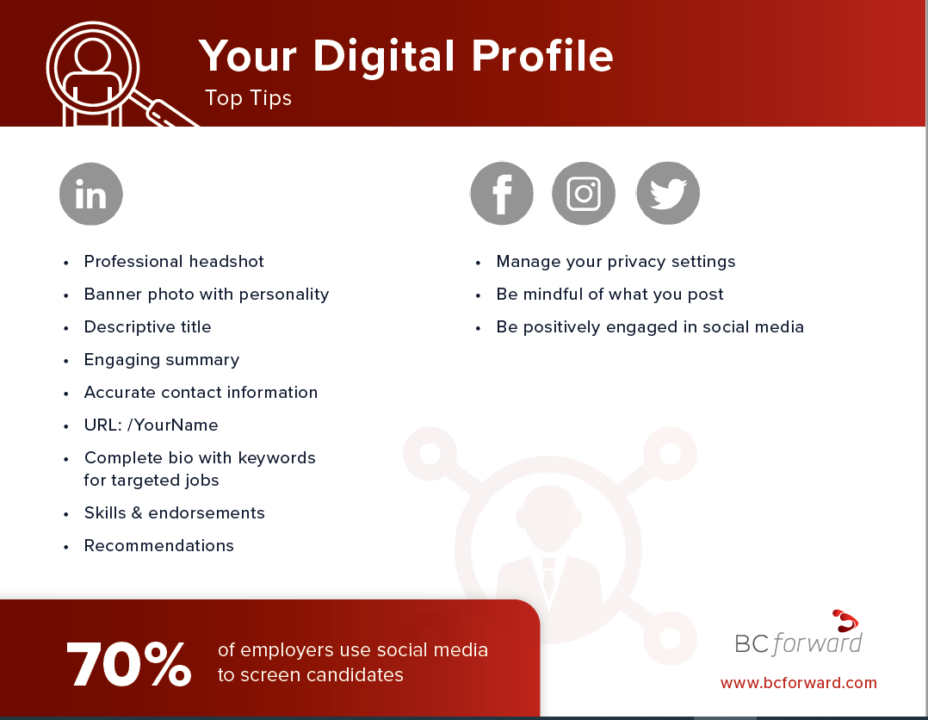In a recent blog post by Jeroen Mengerink. How usable is a website? This largely depends on the perspective, are you the content manager, the marketeer, the customer. This means that we can test for usability from all these user perspectives. The main point to learn from this is that we need requirements for all these perspectives too. For instance: content managers should be involved when developing and testing a website. While developing a website, a lot of attention goes to the front-end, but the back-end is important too.
Marketeers will think the website is usable if it can easily be found on the internet. This brings up the aspect of search engine optimization. This subject is way too large to cover as a whole here, but I’ll cover some parts. It is a must that keyword can easily be added to a page. Make sure that internal linking in the website is used, use tooling to check how many internal and external links and where they are implemented. Check if all the URLs are user friendly and make sure to check if all images have an alt-tag, since webspiders can only read text.will go to the ease of use of the front-end of the site, but the same kind of thinking should be used for the back-end. Every part of the website that shows content should be “easily” editable. This is not just limited to textual content, but is also demanded for images, banners and the order of items in the navigation.
End-users are only interested in achieving their personal goals. The website needs to help them as effectively as possible to achieve these goals. Think about disabled users that cannot use the mouse to navigate and need to do all with the keyboard. They will accept that it takes a bit more time to achieve the goals, but not too much. So keep the amount of tabs needed to reach the important places on the website to a minimum. The tester needs to check the difference in number of actions using the mouse and the keyboard, making sure that they are not too far apart. Keep in mind that this are checks which can also be automated.
Digital Transformation to Help You Achieve Agility
Today’s rapidly changing business environments – driven by innovation, digitization, and sheer increases in processing power – are direct byproducts of the digital transformation of the late-20th century. Now, organizations…
WEBINAR | tapQA Presents: Digital Profile
As we progress through almost an entire year of living in a pandemic the world around us has digitized almost, everything. But have you done this for yourself? In a…
Data-Driven Decision Making (DDDM): How You Are a Data Analyst and Don’t Even Know It
Every day we are faced with a multitude of decisions that are subconsciously being determined by data. Where is the cheapest place near me to buy gas? How busy is…


